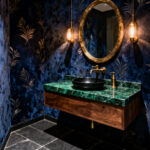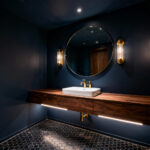The kitchen is the heart of any home, and its lighting plays a crucial role in setting the mood, enhancing functionality, and transforming the overall aesthetic. While the basics of kitchen lighting, like recessed fixtures and pendant lights, are well-known, a whole world of creative techniques can take your kitchen to the next level.
Imagine walking into a warm and inviting kitchen with the perfect balance of task lighting for meal prep and ambient lighting that creates a cozy atmosphere. Or picture space with beautifully highlighted architectural features and display areas, drawing the eye to the details that make your kitchen unique. This kind of thoughtful, layered lighting design separates an ordinary kitchen from an extraordinary one.
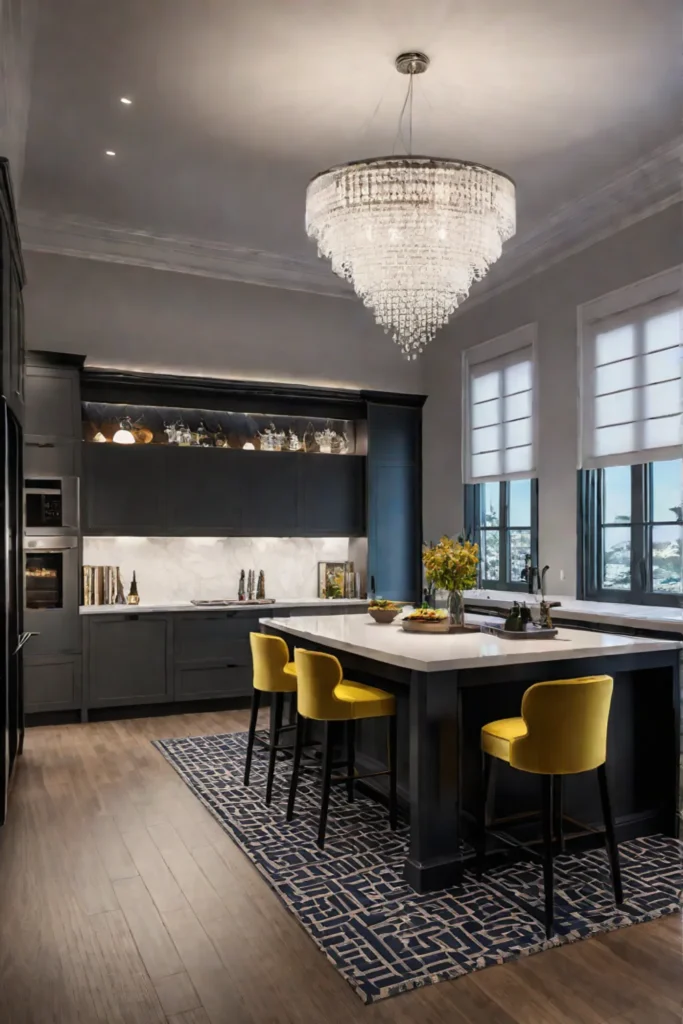
This article explores five advanced lighting techniques to help you transform your kitchen and create a truly remarkable space. Whether planning a full-scale renovation or simply wanting to refresh your current setup, these strategies will give you the tools to elevate your kitchen’s lighting and enhance your daily living experience.
Layering Light
Layering light is a powerful technique for combining different types of lighting to create depth, dimension, and visual interest in your kitchen. You can achieve a cohesive and harmonious lighting design by strategically placing task lighting, accent lighting, and ambient lighting.
Layering light is crucial in kitchen design because it can make a small kitchen appear larger and more open. Proper layering can also enhance your space’s perceived height and architectural features, making it feel more inviting and visually appealing.
To implement a layered lighting approach, start by considering the different roles each type of lighting plays. Task lighting, like under-cabinet lights, provides focused illumination for specific work areas. Accent lighting, such as track fixtures or directional spotlights, highlights architectural details or display areas. Ambient lighting, often from recessed fixtures or pendant lights, creates a warm and inviting glow throughout the room.
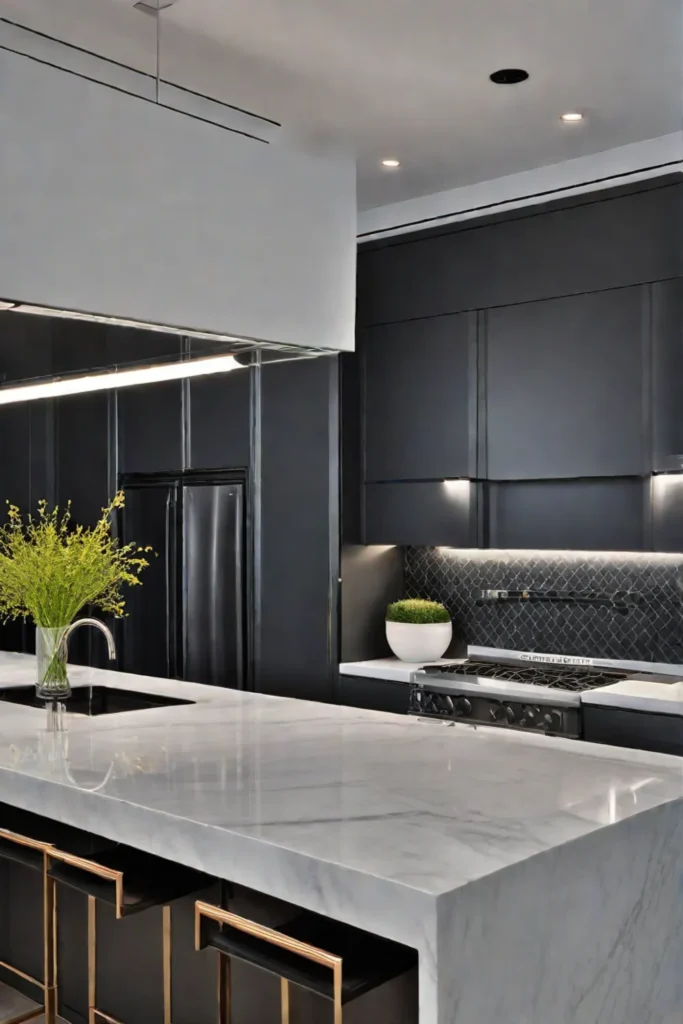
When combining these layers, experiment with dimmers to adjust the intensity of each light source. This allows you to create moods and accommodate various activities, from meal prep to casual gatherings. By finding the right balance of task, accent, and ambient lighting, you can transform your kitchen into a functional and visually stunning space.
Accent Lighting
Accent lighting is a powerful technique for highlighting specific elements in your kitchen, such as architectural features, artwork, or display areas. By strategically placing accent lights, you can draw the eye to these focal points and create a dynamic and visually engaging space.
Accent lighting plays a crucial role in kitchen design by adding depth and visual interest to the room. It can highlight unique architectural details, showcase artwork or collections, and create a warm and inviting atmosphere. Accent lighting can make a small kitchen feel more spacious and valuable when implemented correctly.
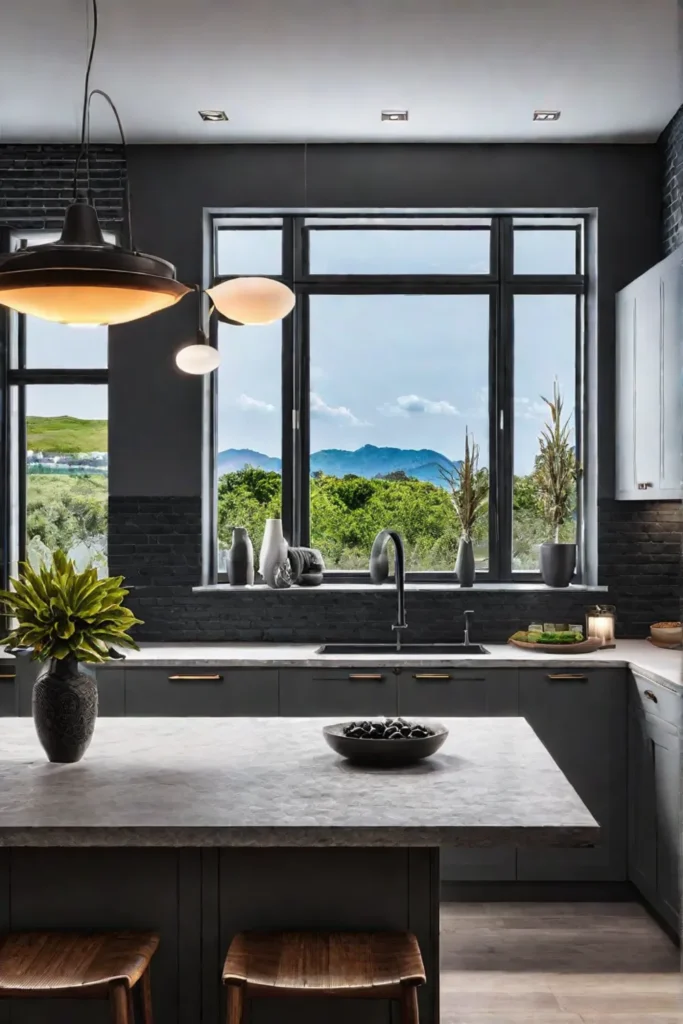
Several techniques for incorporating accent lighting in your kitchen include track lighting, directional spotlights, and undercabinet lighting. When selecting accent lighting fixtures, consider the beam angle and light intensity to achieve the desired effect. A narrow beam angle is ideal for highlighting specific areas, while a wider beam can create a more general ambiance.
For example, you might use accent lighting to draw attention to a beautiful backsplash, a decorative range hood, or a display of your favorite cookbooks and pottery. Experiment with different beam angles and light intensities to see what works best in your space. The key is to use accent lighting strategically to enhance your kitchen’s unique features and personality.
Task Lighting
Task lighting is essential to any well-designed kitchen. It provides the necessary illumination for specific work areas, such as the countertops, sink, and food preparation zones. By incorporating task lighting, you can improve your kitchen’s functionality and efficiency while enhancing its overall aesthetic.
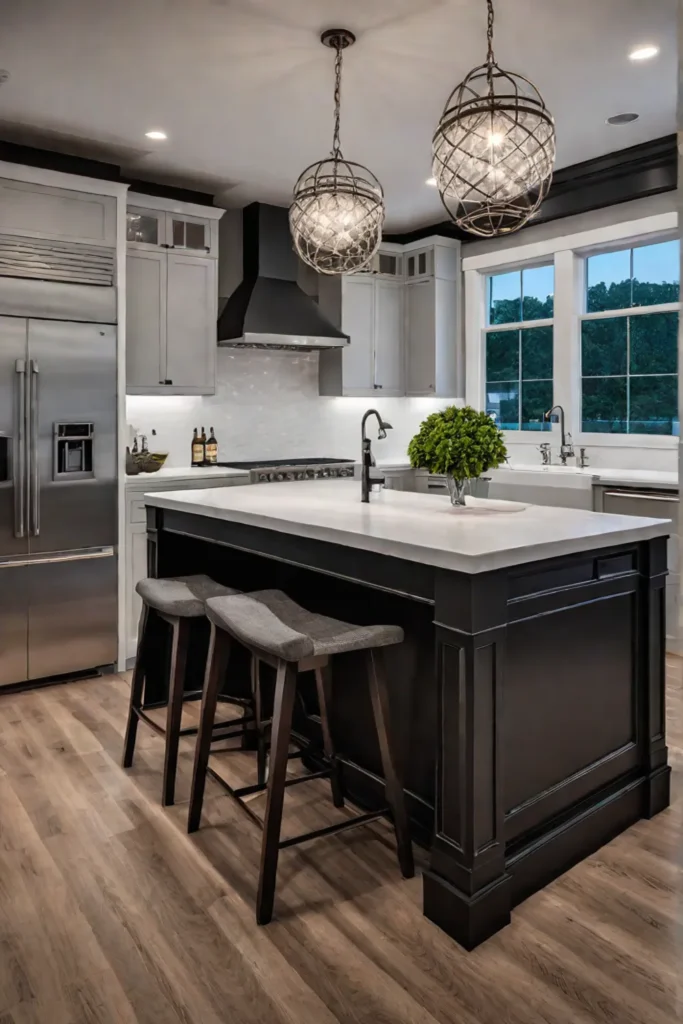
Proper task lighting is crucial for several reasons. It lets you see clearly while performing tasks like chopping vegetables, reading recipes, or checking food labels. This reduces eye strain and improves safety in the kitchen by preventing accidents caused by poor visibility. Well-designed task lighting can also increase the perceived value of your kitchen by adding visual interest and functionality.
Consider a few different types of task lighting for your kitchen, including under-cabinet lights, pendant lights, and recessed lighting. When positioning and selecting task lighting fixtures, consider the height and placement best for your specific needs and activities.
For example, you might install dimmable under-cabinet lights at a comfortable height for your line of sight while working at the counter. You could also incorporate pendant lights over your kitchen island or dining table to create a focal point and provide task lighting. Recessed lights in the ceiling can also provide general illumination in key work areas.

By thoughtfully incorporating task lighting into your kitchen design, you can create a space that is not only beautiful but also highly functional and efficient.
Ambient Lighting
Ambient lighting is the foundational layer of a kitchen’s lighting design, providing a warm and inviting glow. By carefully selecting and positioning ambient lighting fixtures, you can create a cozy and welcoming atmosphere that sets the tone for the entire kitchen.
Ambient lighting is crucial in kitchen design. It makes the space more spacious and open and can also enhance the perceived value of your kitchen by creating a comfortable and visually appealing environment.
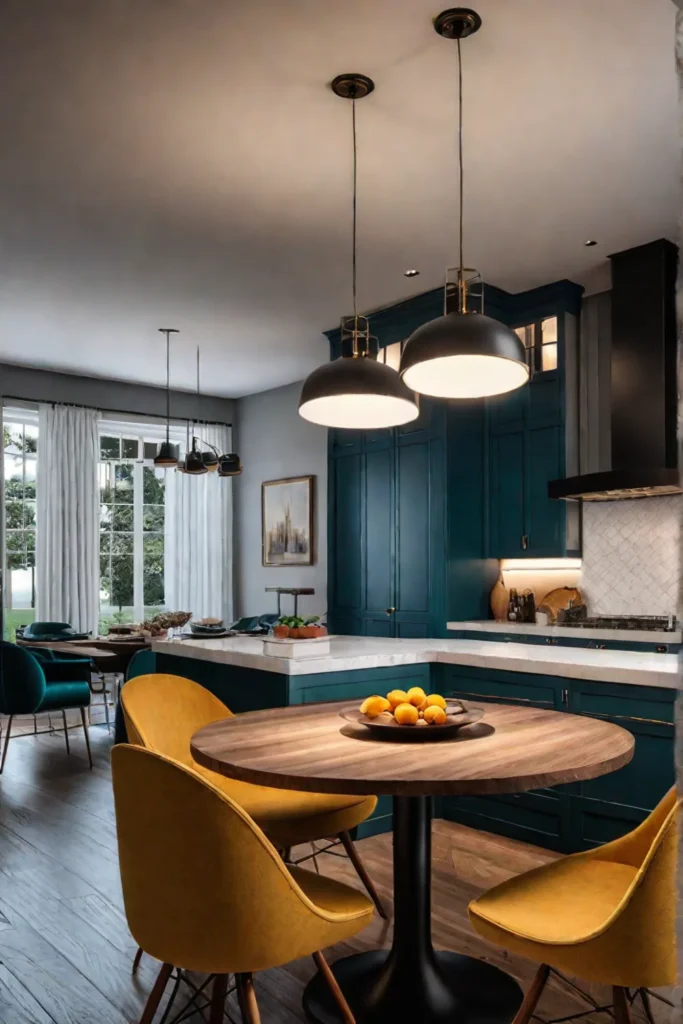
There are a few different types of ambient lighting to consider for your kitchen, including recessed lighting, pendant fixtures, and wall sconces. Recessed lights can provide a soft, even glow throughout the room, while pendant fixtures and wall sconces can add a touch of elegance and style.
When designing your ambient lighting scheme, think about layering the different types of lighting to create a cohesive and harmonious look. Use dimmers to adjust the brightness of the ambient lights, and choose energy-efficient options like LED bulbs to keep your energy costs down.
For example, you might use dimmable recessed lighting to provide a warm, inviting glow throughout the kitchen. Then, you could add pendant fixtures with diffused or indirect lighting over the kitchen island or dining table to create a cozy, welcoming atmosphere.
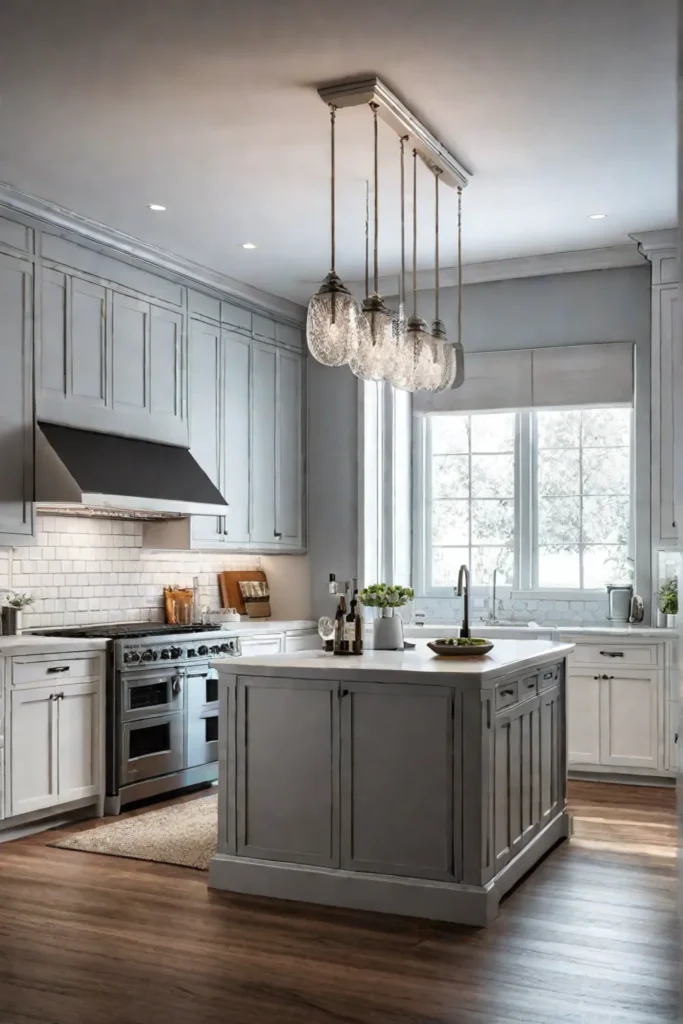
By carefully considering the role of ambient lighting in your kitchen design, you can create a functional and visually appealing space.
Lighting Controls
Lighting controls are a crucial component of a comprehensive kitchen lighting design. They allow you to adjust the intensity, mood, and functionality of your lighting to suit your needs. You can create a customizable and versatile kitchen environment by incorporating advanced lighting controls.
Proper lighting controls play a vital role in kitchen design by providing the flexibility to adjust the lighting according to your preferences and activities. For instance, dimmers can lower the intensity of tasks, accents, and ambient lighting, creating different moods and accommodating various tasks.
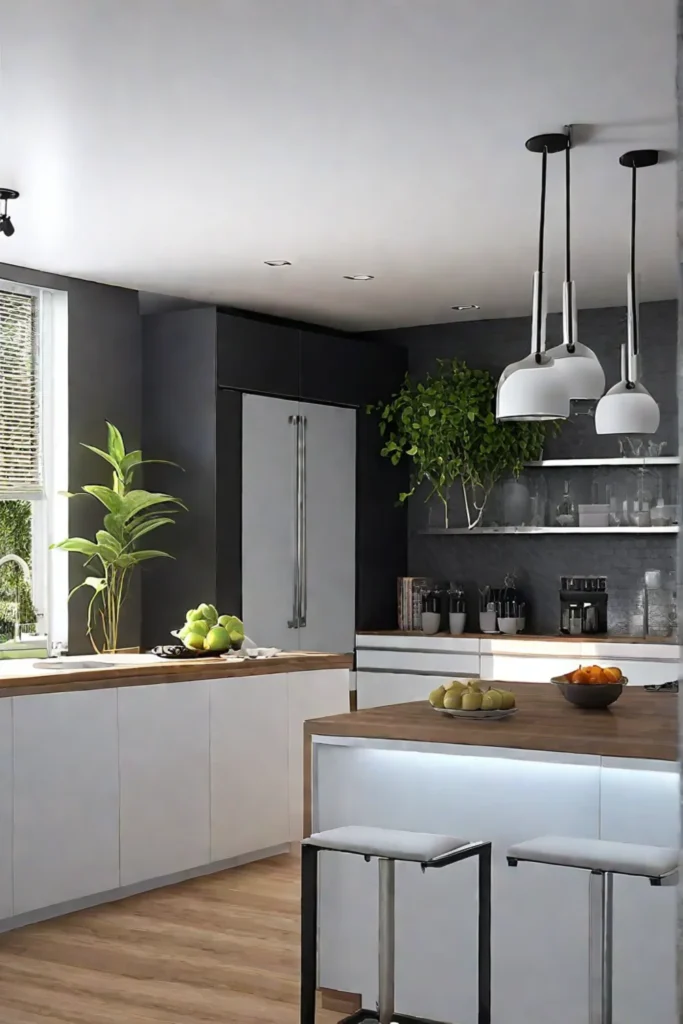
Motion sensors are another useful lighting control feature. They can automatically turn on task lighting when someone enters the kitchen, improving safety and convenience. Additionally, well-designed lighting controls can enhance your kitchen’s energy efficiency and sustainability and increase its perceived value and functionality.
When incorporating lighting controls into your kitchen design, consider both the practical and technological aspects. Think about the activities that will take place in the kitchen and how the lighting can be adjusted to accommodate them. Also, research the latest advancements in smart home technology and how they can be integrated into your lighting controls, such as voice control and mobile app integration.
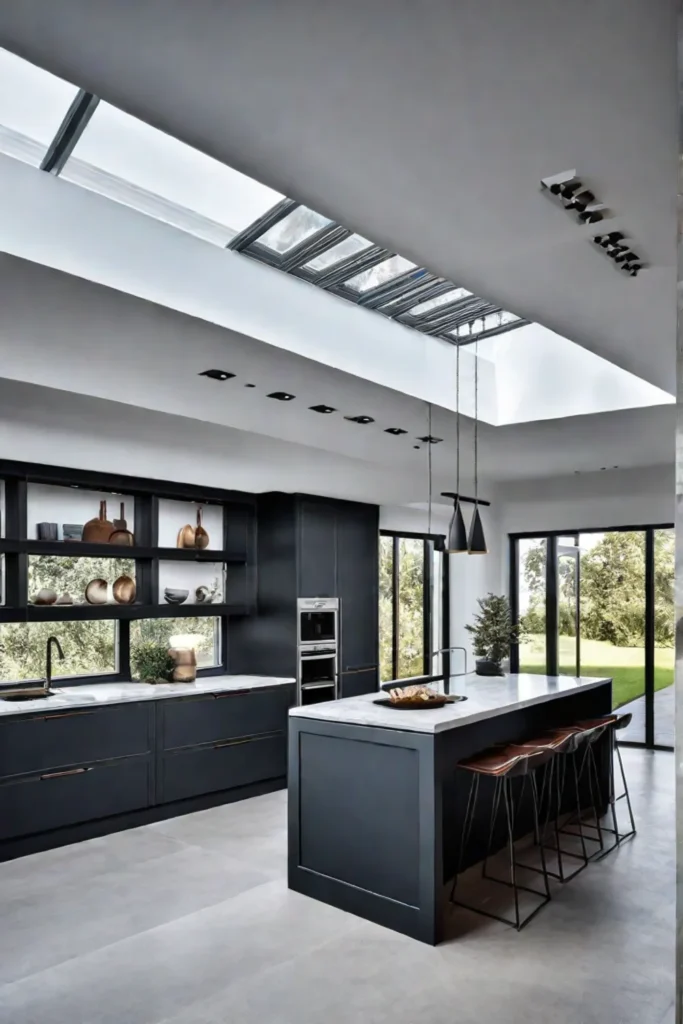
By thoughtfully implementing lighting controls, you can create a kitchen that is not only beautiful but also highly customizable and efficient, tailored to your specific needs and preferences.
Conclusion
This article explores five advanced lighting techniques to help you transform your kitchen and create a truly remarkable space. From layering light to incorporating accent lighting, task lighting, ambient lighting, and sophisticated lighting controls, each of these strategies offers unique opportunities to enhance your kitchen’s functionality, aesthetics, and perceived value.
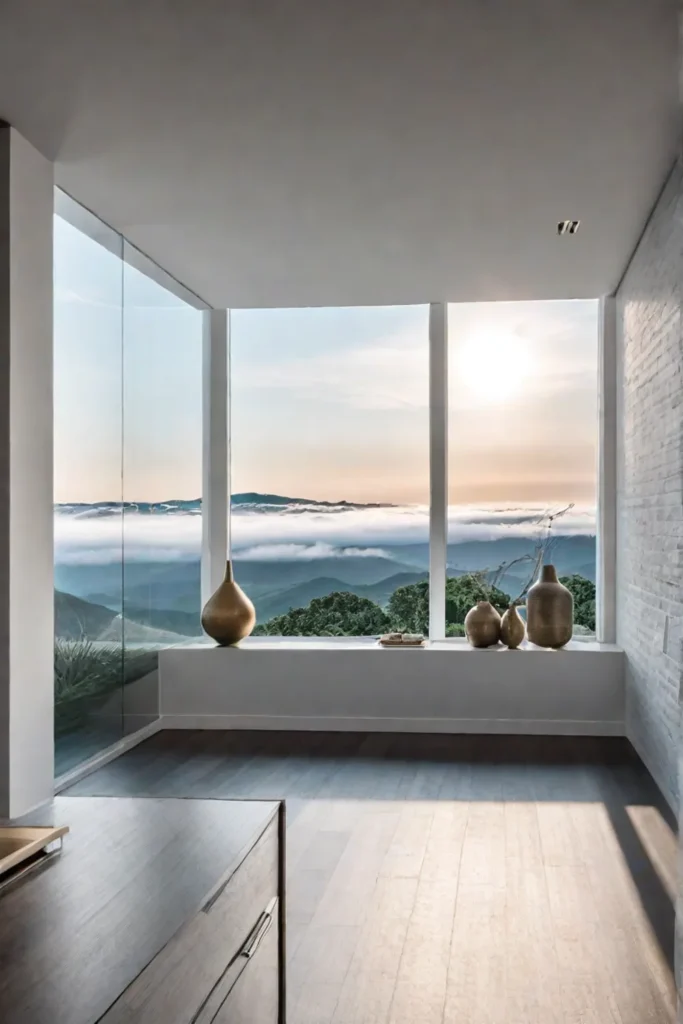
By incorporating these creative lighting techniques, you can create a kitchen that is not only visually stunning but also highly personalized to your lifestyle and preferences. Whether you are planning a full-scale renovation or simply want to refresh your current setup, these strategies will give you the tools to elevate your kitchen’s lighting and enhance your daily living experience.
So, what are you waiting for? Start exploring these advanced lighting techniques and unlock your kitchen’s full potential. Your dream space is just a few lighting upgrades away!

